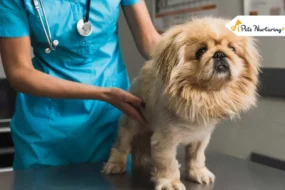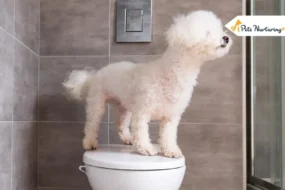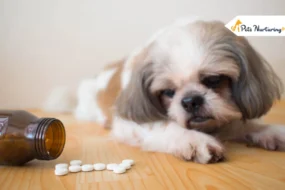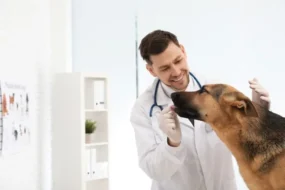
Ringworms are often mistaken as a worm but let us tell you they aren’t a worm but a fungus. The most common fungus’ that can cause ringworm are Microsporum Canis, Trichophyton mentagrophytes, and Microsporum Gypsum. This fungal infection can occur on any of the domestic animals, including dogs, and yes, even on us people. Plus this is contagious. And treatment for both humans and dogs are different, so be careful.Us, people can always talk or express their pain and uneasiness to either doctor or parents. But our pooch, he won’t be able to tell you that he has a fungal infection. Ringworm in dogs can cause him a lot of hair loss, uneasiness, and many more.
He might not even know about it, but as you are a responsible parent, you must know about the symptoms, causes, and treatment. You are absolutely on the exact article, here we have given a brief explanation on the Ringworm Treatment for Dogs along with its symptoms and causes.
Symptoms
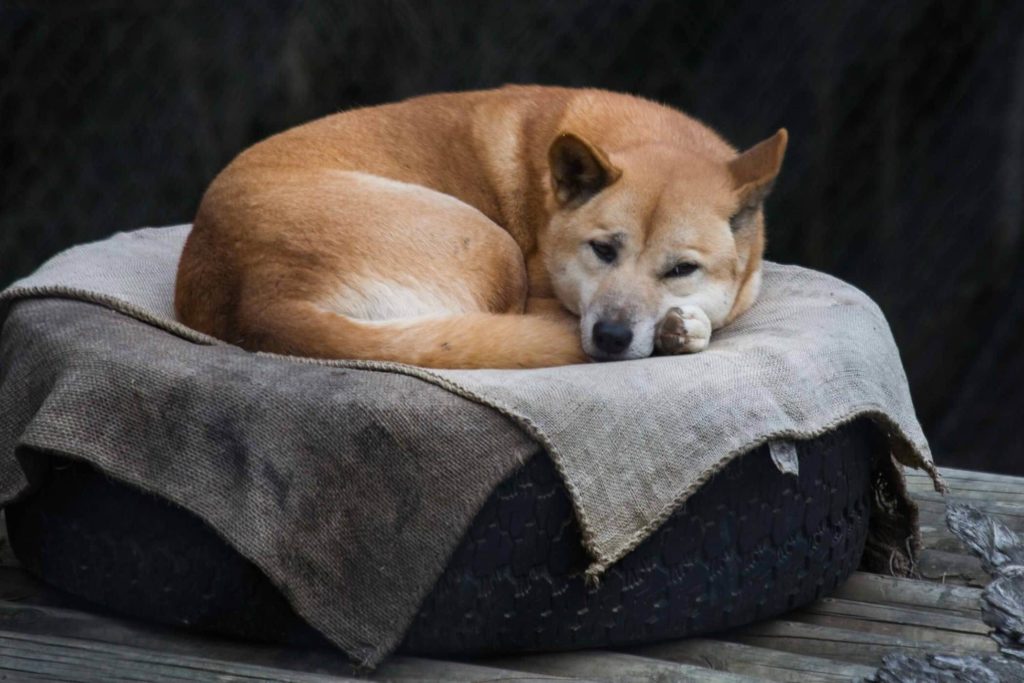
This isn’t a disease that threatens the life of your pup, but it is contagious and can spread to humans as well as other pets. Plus it does need the involvement of a vet. But before anything, first, you will have to recognize whether your friend is suffering from an infection or not.
The following are the symptoms of the fungal infection :
- Hair loss (it may be circular or patchy)
- Broken and fragile hairs
- Ulcerated or reddened skin
- Itchiness (it may occur or may not be)
- Scaly and inflame the skin
- Dandruff
- Rough and brittle claws
There can be ringworm lesions on the head, paws, limbs, or ears of your pooch, and that may result in hair loss and scaly areas. Sometimes this infection may look like a bald spot, with less darken and inflame skin + no itchiness. If this infection occurs on the paw, then there are chances that he will develop a nail infection. And that will result in rough and brittle claws.
Causes

Fungal infection is prone to occur on the younger ones and the one with a low immune system. Some things can cause the disease and they are as follows:-
- If your dog has the habit of digging the soil, there are high chances that he may get infect.
- If he gets in direct contact with any animal or people suffering from fungal information, he will catch infection too. (Remember we said? It is contagious!)
- Ringworm could be transmit to your pooch if he came in contact with any of the toys or bedding or anything of the infected animal.
- If they stay in more populate areas like kennel or shelter, then they are high chances that he will get infected just by the closeness with other pets.
And once the fungal infection infects him, it will grow for around 18 months or until they have fully shed their coat. So try to prevent him from getting infect.
Treatment
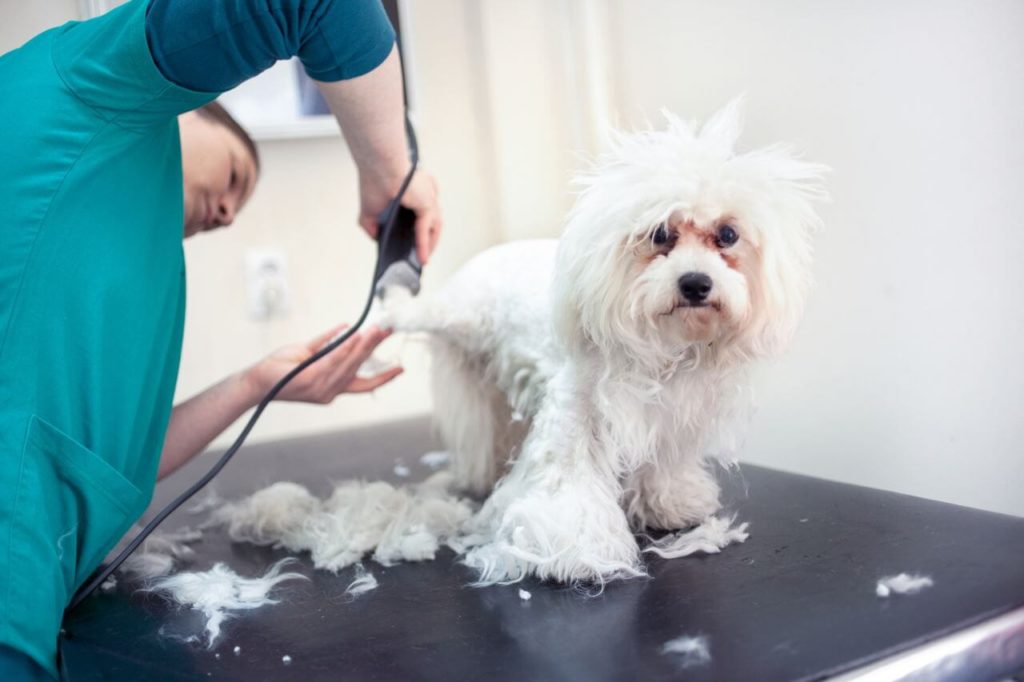
This is the most crucial part of the article, as here you will be able to learn about the treatment for your dearest baby. Don’t worry; it’s contagious, not irrecoverable.
First thing first take him to the vet and let him diagnose your pooch; he may take strands of hairs or skin cells for the fungal culture. He may diagnose by performing tests as well as physical exams.
If your dog is diagnosed with a fungal infection, the vet will discuss with you regarding the treatment plans. Before he does let us tell you about the ways to treat your dog, it may help you in understanding well.
Ringworm Treatment in Dogs is Usually Done in Three Steps
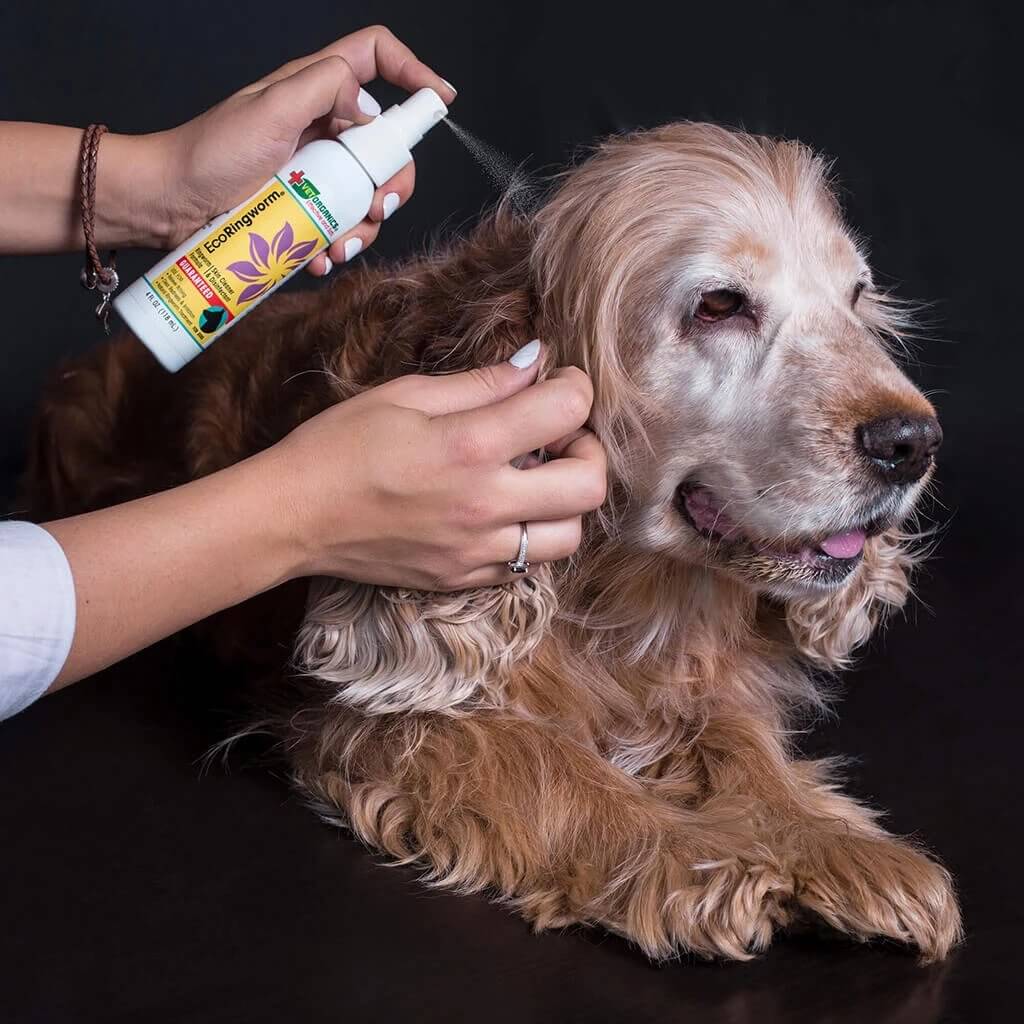
Topical Therapy
In topical therapy, creme, ointment, and medicated shampoo will be recommended by the vet to control and treat the infection. He may also suggest you clip the hairs of your dog shorter or to shave the affected area as it will help medication to work directly. This therapy takes several months for a full recovery.
Oral Medications
Oral therapy is given along with the topical treatment for the real quick recovery. Anti-fungal medications will help your dog fight infection. Plus it needs a minimum of continuous six weeks of oral therapy, but still, it isn’t sure that it will be fully cured. So continue medication until the pup is fully recovered.
Environmental Decontamination
The last step is to decontaminate the room or area your furry friend lives. This will help you to prevent the reoccurrence of infection to any of your pet or even family members. You can also keep your dog in a room that is easy to clean until he is entirely free from the infection.

Explore further :








